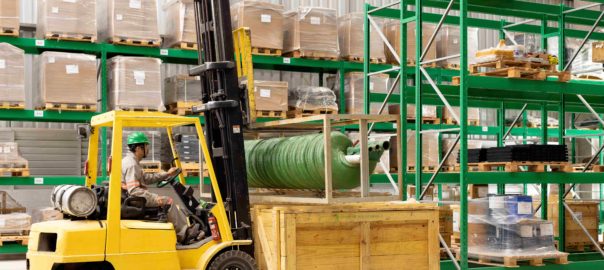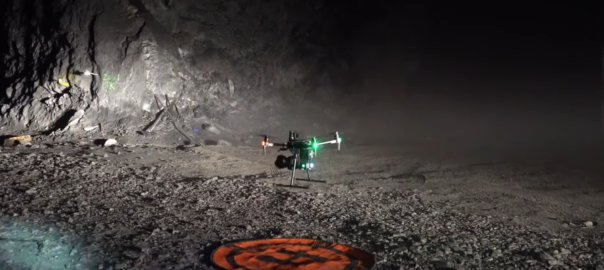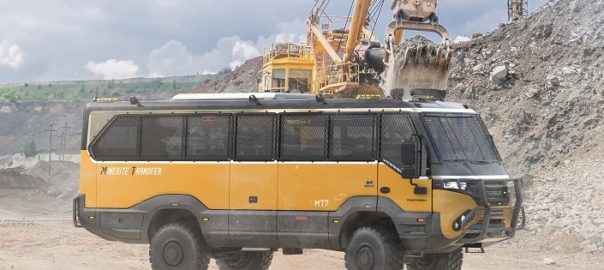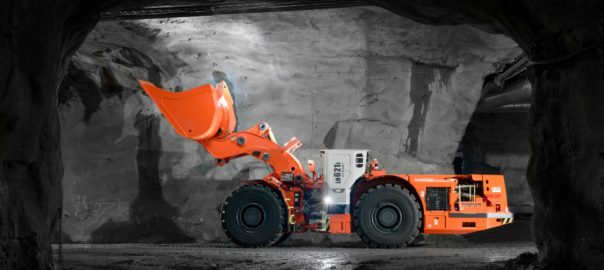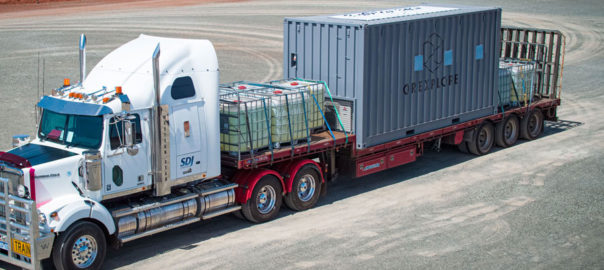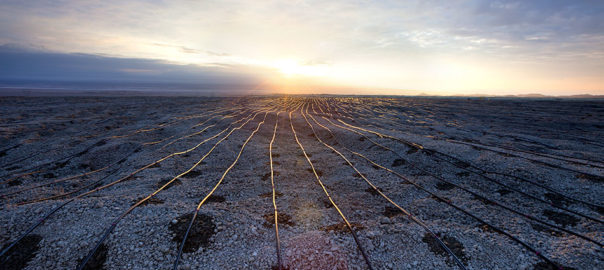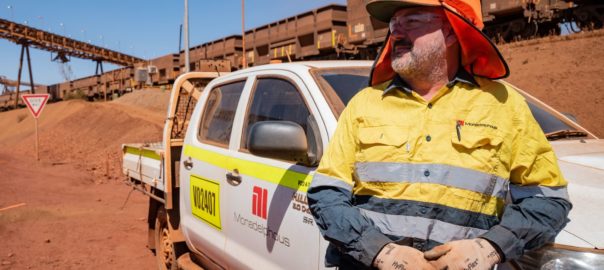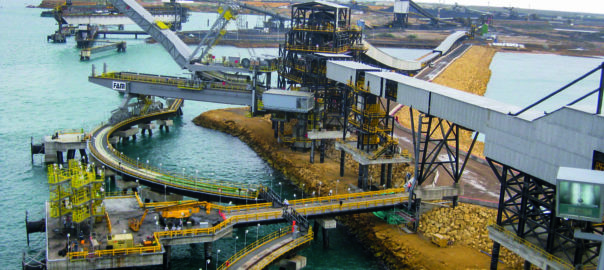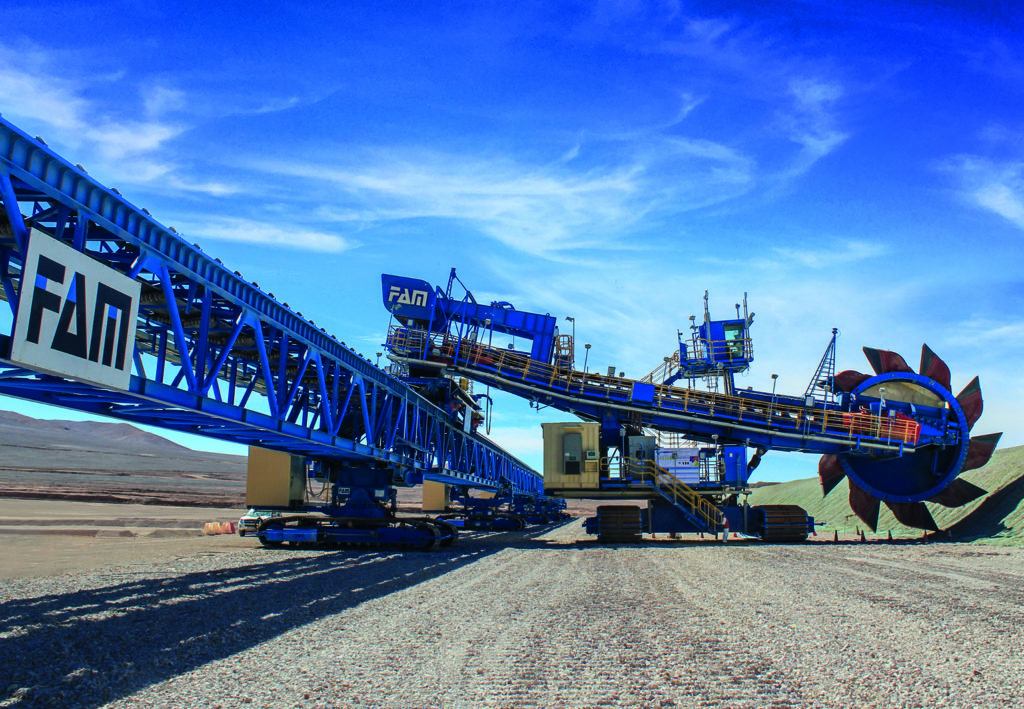Multotec has recently expanded its operation in Brazil with the opening of a manufacturing facility that, it says, enables the company to bring its manufacturing capabilities closer to its customers in the country, increasing its speed to market and enabling it to better serve the local mining sector.
Located in the city of Contagem, in the south-eastern state of Minas Gerais, the manufacturing facility is within close proximity of a multitude of iron ore mines that require an extensive range of mineral processing equipment for their plants.
Multotec Brazil Country Manager, Anthony Artin, explains that with Brazil being the world’s second-largest iron ore producer, Multotec had identified the country as a potential area of growth many years ago.
Artin says that, initially, Multotec Chile was overseeing the full South American region, with the company deciding to open a sales office in Brazil in 2019, giving focused service to Multotec’s customers here.
“The dynamics of Brazil are very unique as it is the fifth biggest country in the world, with the sixth largest population,” Artin says. “It has strict and complex import regulations.”
The feedback from clients emphasised the importance of localised sales and manufacturing in Brazil, according to Artin. Commercial and legislative requirements prompted a shift in Multotec’s approach, transitioning from a sales office to establishing a manufacturing facility in the country.
He said: “Our clients highlighted the significance of Brazil for Brazilians, emphasising the need for local manufacturing facilities to cater to the Brazilian market.”
The new facility focuses strongly on screening media, using compression moulding for the production of rubber screen panels and also hand-casting polyurethane (PU) panels. However, customers are increasingly requesting other products too, such as samplers and spirals that are used in mineral processing and separation.
“There are currently two bays in the manufacturing facility,” Artin says. “One is used for stockholding, assemblies and shipping, while the other is used for fabrication. Fabrication is done in two areas, with presses used for compression moulding of rubber and hand-casting moulding PU tables, alongside a PU preparation section and ovens.”
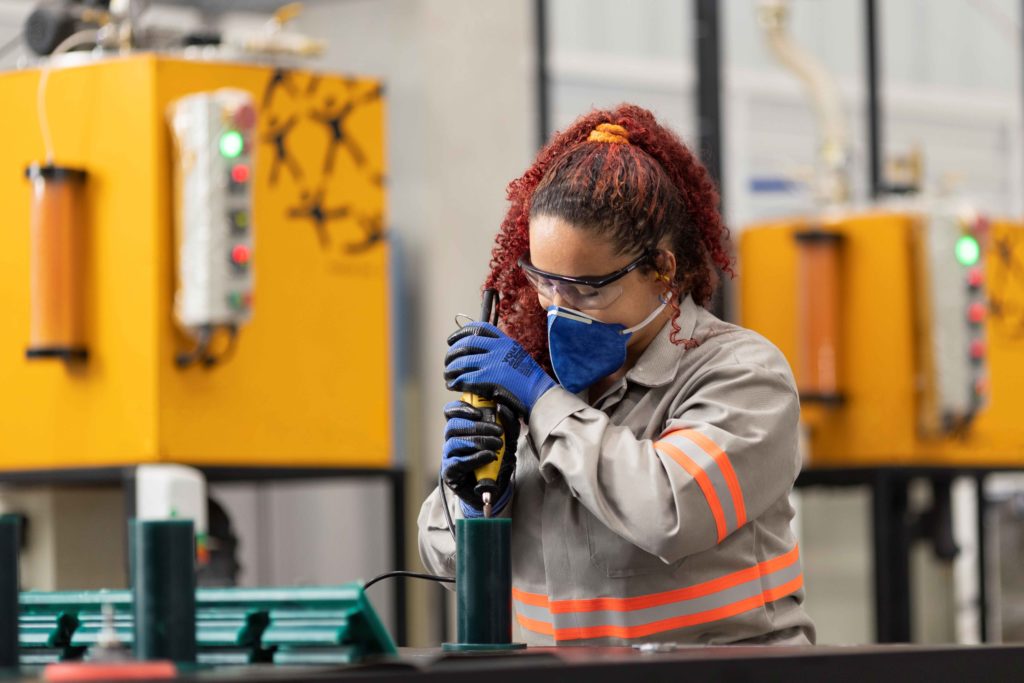
Artin notes that the facility has the capacity to produce 15-20 t/mth of elastomers and employs trained people in manufacturing and in stores, shipping and receiving. Plans are in place to increase the factory’s manufacturing capability in terms of injection moulding and more compression moulding, he said, adding that more machines will be incorporated into the operations – resulting in more people being employed in the future.
In addition, the premises also contain an office currently staffed by commercial, sales and administrative people. Having the office and manufacturing facility in one location is an added advantage, according to Artin. “It is beneficial having the people who sell the products located in the same space production,” he says. “They can thus understand the intricacies of the product and the processes that are involved in the manufacturing of the equipment.
“The ultimate goal is to have a fully localised branch. We want to have an all-Brazilian team, working for Multotec Brazil. Local partners and suppliers are key to us as we rely on local raw materials to deliver completely locally manufactured products.”
While the company’s focus has been on establishing the manufacturing facility, Artin says it has already applied for an extension of its environmental licence to ramp up its monthly production as it takes advantage of Brazil’s current lithium boom, which presents considerable opportunities in dense medium circuits.
Multotec Brazil will receive support from Multotec’s global industry knowledge and expertise, leading to enhanced operational efficiencies and providing customers with comprehensive solutions over and above a quality product offering, the company says. Furthermore, Brazil will collaborate closely with Chile on the Multotec range of customised samplers. With input from Chile and local manufacturing in Brazil, this collaboration will create a seamless workflow that maximises efficiency, ensuring the delivery of high-quality samplers tailored to the specific requirements of customers, it concluded.







